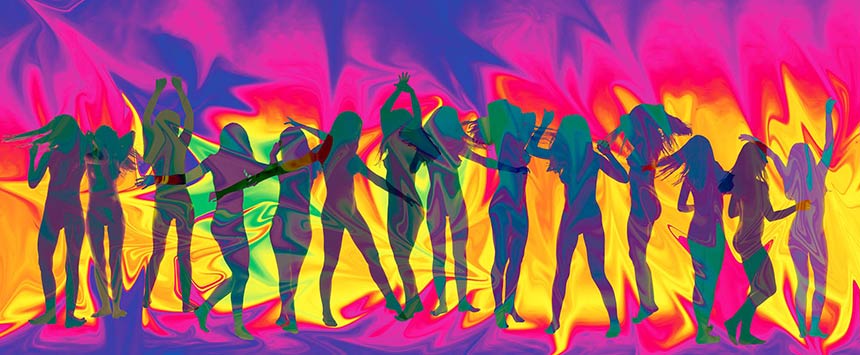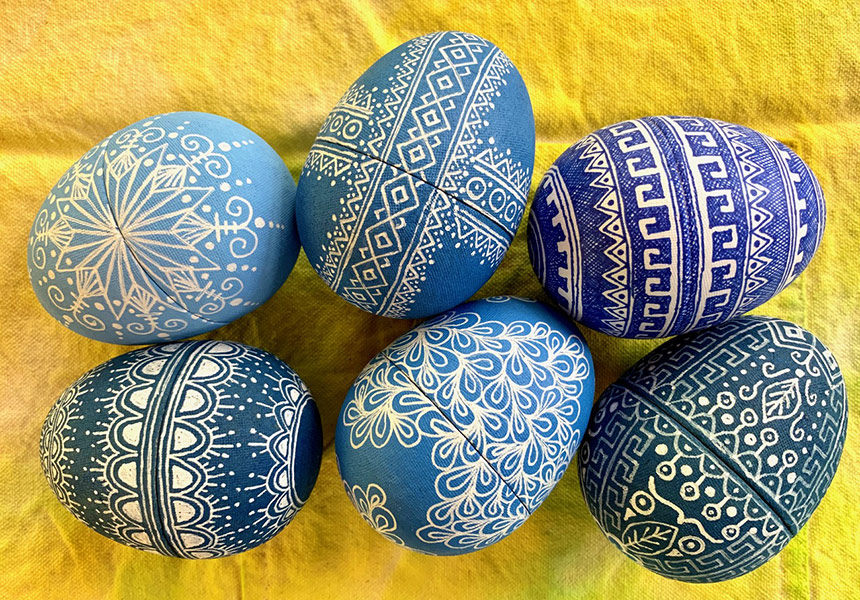I’ve photographed many things that are objectively beautiful - birds, flowers, landscapes - but I…

After many years as a traditional photographer, I now work digitally, finding that the instant feedback afforded by the medium enhances interaction and collaboration with my subjects. Digital has also expanded my ability to inject color with emotion and to collage elements together to create new imagery that pushes my photographs further toward visual ambiguity. When I feel I have this capacity to bring about a state of relaxation and excitement, and creativity with my energy, the work becomes therapeutic in a way.
Some photographers see all their portraits as self-portraits because the image naturally reflects the shooter’s perspective and sensibility. But my photographs are records of a period of interaction. They are portraits of a moment.
In producing portraiture with my family, water initially served as the set design. For my father, water was a healing environment for his medical condition, but ultimately we used the lens to produce beauty, to remember our shared experiences, rather than to document his pain and discomfort. For my daughter, this water portraiture extended the photographic explorations of the oceans, lakes, and pools of her youth, but it was more about passage and transition.

Working with them and looking at the resulting photographs, I contemplated my own issues of separation, connection, transition, and memory. I learned about the notion of “photographic gift giving” through the process of making art. For me, this experience strengthened my work as a family portrait-maker, as artist, and as educator, contributing to the reconstruction of personal memories in the search for intimacy and familial identity.
And what about photography’s relationship with identity and memory in the twenty-first century? When I bring this up in my university classroom, it evokes critical dialogue among my students for interpretation, perception, and manipulation. College students raised in the digital era take for granted that photography never really was a vendor of truth, so that inquiries concerning photography’s bonds with truth and its capacity for fantasy might soon become obsolete. At least while my generation makes the imagery, I am constantly reminded by my peers that truth telling is still relevant.
My hope is that this work—while colliding with the intersection of nature and portraiture, truth and illusion—enables its own form of universality that transcends issues of racism, classism, or prejudicial blindness as it asserts its own claim to memory, intimacy, and beauty.



Comments (0)